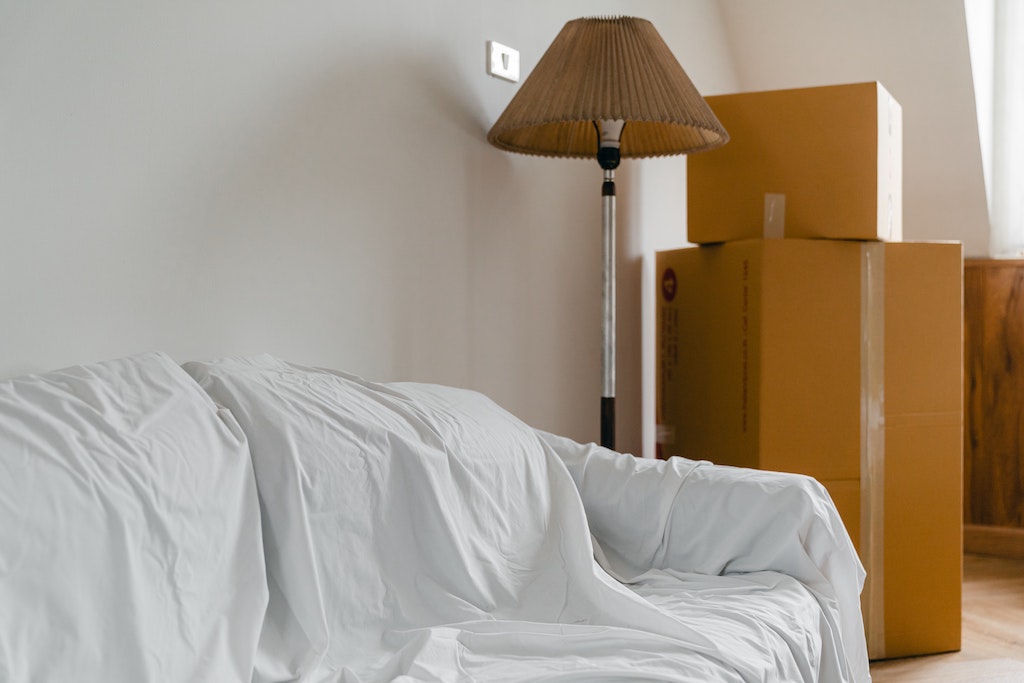Imagine your home – a place of memories, with treasures that reflect your style and experiences. Now, consider the impact of an unfortunate event like a fire or theft. Would you be able to replace your valuable belongings? Enter personal property coverage in home insurance, your financial shield against such unexpected events. So what does personal property coverage truly entail, how it works, and how can you make it work best for you?
Understanding personal property coverage
Personal property coverage is a component of your home insurance policy safeguarding your cherished belongings.
Defining personal property in home insurance
To begin, let’s define what constitutes personal property. Broadly speaking, personal property includes all movable items within your home. This encompasses everything from your plush couch to the vintage lamp in your study, the clothes resting in your wardrobe, your state-of-the-art kitchen appliances, and your cherished collection of gadgets and gizmos. Each item that contributes to transforming your house into a ‘home’ falls under personal property.
Decoding coverage limits and policy terms
Coverage limits and policy terms can initially seem confusing. However, understanding them is simpler than you’d imagine. Most standard home insurance policies typically offer personal property coverage amounting to approximately 50-70% of the insured value of your dwelling. Keep in mind that each policy is unique, filled with its specific terms and conditions.
Grasping the coverage perils and exclusions
Your personal property coverage typically safeguards your possessions against a defined set of ‘named perils’ such as theft, fire, and vandalism. However, some events, like floods or earthquakes, may not fall under standard coverage. To secure your belongings against such perils, you may need to consider purchasing additional coverage.
Valuing your personal property
The value you assign to your personal belongings plays a crucial role in determining the coverage amount of your personal property insurance. Moreover, it serves as a guide when settling claims, ensuring you receive fair compensation for your lost or damaged items.
The importance of a home inventory
An organized home inventory is your strongest ally in accurately valuing your possessions. A thorough inventory detailing each item, along with its purchase date, price, and any other relevant information, not only assists in defining the coverage you require but also significantly eases the claim filing process in case of unfortunate incidents.
Assessing the worth of your belongings
The value of your personal property is generally calculated using one of two methods: Actual Cash Value (ACV) or Replacement Cost Value (RCV). ACV accounts for depreciation, meaning the item’s original cost minus any value reduction over time. On the other hand, RCV covers the cost of replacing the lost or damaged item with a brand new one of similar type and quality without considering depreciation.
Appraisals and professional assessments
Obtaining a professional appraisal can be beneficial for certain high-value items like artwork, antiques, or fine jewelry. This process determines the precise value of these unique possessions, ensuring they’re appropriately accounted for within your policy.
Standard personal property coverage explained
Knowing what’s typically protected under your policy and identifying the potential gaps in coverage you may need to fill is important when deciding on your home insurance personal property coverage.
A peek into commonly covered items
Standard personal property coverage is rather inclusive, protecting a broad spectrum of items that make your house feel like home. This coverage often includes everyday items such as furniture that enhances your living spaces, appliances that simplify your daily chores, the clothes you wear, and the electronics that keep you connected and entertained. Remember, the value of these items adds up quickly, highlighting the importance of this protective umbrella.
Navigating high-value item coverage
While your policy covers a vast array, standard coverage might not fully protect certain high-end items. These could be your precious jewelry pieces, a collection of fine art, high-tech equipment, or designer goods. Often, these items surpass the typical coverage limits and may require additional coverage or endorsements. Assessing the value of these expensive belongings and considering extra protection can ensure they’re adequately insured against potential mishaps.
Personal property exclusions and extra coverage
The full scope of your personal property insurance may not cover everything in your home. It’s crucial to know potential exclusions and limitations.
Unveiling exclusions and limitations
While personal property coverage is inclusive, it doesn’t cover everything. Certain items and situations may fall outside the scope of standard policies.
- Specific natural disasters: Standard policies often exclude events like floods or earthquakes. You may need separate insurance for such risks.
- High-value items: Expensive belongings, such as luxury watches or antique collections, often exceed standard coverage limits.
- Certain personal items: Things like cash, business property, or motorized vehicles typically fall under exclusions.
Awareness of these exclusions is the first step towards enhancing your coverage, as needed.
Endorsements for high-value items
Consider adding scheduled personal property endorsements to your policy if your possessions include high-value items. These endorsements are additional protections that extend beyond the limits of a standard policy, providing broader coverage for your pricier items. They cover a wide range of belongings for:
- Jewelry
- Fine art
- High-end electronics
- Antiques
Remember, your valuable assets deserve suitable protection.
Exploring umbrella insurance and extended coverage
Umbrella insurance can be an essential part of your coverage strategy. It offers an additional layer of liability protection above your homeowners’ insurance limits. This could be crucial in scenarios involving lawsuits or significant property damage.
Alternatively, extended or guaranteed replacement cost coverage can offer added protection for your belongings. This extends your coverage limit and could pay the cost of replacing your personal property at today’s prices, regardless of their depreciated value. Such coverage can prove invaluable, especially in a market with rising prices.
Understanding and effectively leveraging personal property coverage in home insurance can be your safety net during unexpected adversities. By familiarizing yourself with the nuances of your coverage, taking the time to accurately value your possessions, and exploring additional coverage options as needed, you can rest assured knowing you’ve done your best to protect what matters most.
Remember, your home is more than just a structure. It’s a world filled with cherished items, each telling a story. Make sure these stories continue, undeterred by life’s unpredictable moments.




